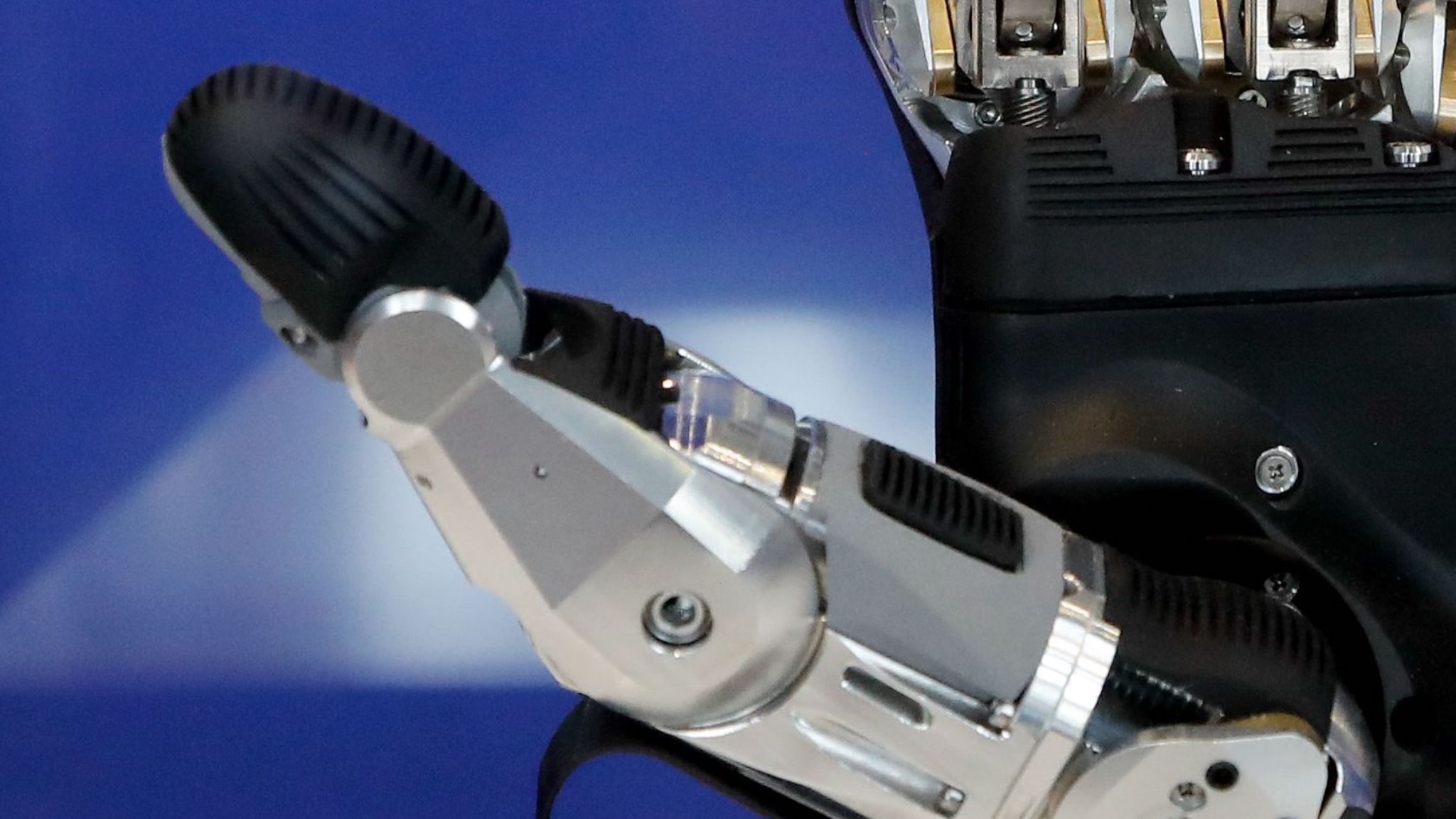The first in-depth study of a
fingertip
artificial with neural recordings of the
human
sense of touch
was published in two articles in the Journal of the Royal Society Interface.
An important milestone because, even if artificial intelligence can beat the best chess player in the world, a robot cannot "hear" a chess piece as a child would.
This lack of dexterity of the robot is partly due to the fact that the
artificial grippers
lack the fine tactile sense of the human fingertip, which is used to guide our hands as we pick up and handle objects.
The research was led by Professor of Robotics and Artificial Intelligence (Ai), Nathan Lepora, of the Department of Mathematical Engineering of the University of Bristol at the Bristol Robotics Laboratory.
“Our work helps to discover how the complex internal structure of human skin creates our human sense of touch,” Lepora said.
"This is an exciting development in the field of '
soft robotics
': being able to
3D print tactile skin
could create more skilled robots or significantly improve the performance of prosthetic hands by giving them an integrated sense of touch."
Professor Lepora and his colleagues created the sense of touch in the artificial fingertip using a 3D printed network
of pin-shaped papillae
on the underside of the skin, which mimic those we have between the outer and inner epidermal layers of human skin.
Papillae are made on advanced 3D printers that can
mix soft and hard materials
to create complicated structures like those found in biology.
“We found that our 3D printed touch fingertip can produce
artificial nerve signals
that look like recordings of real touch neurons,” Lepora explained.
"Human tactile nerves transmit signals from various nerve endings, called mechanoreceptors, which can signal the pressure and shape of a contact. In our work, we tested our 3D printed artificial fingertip as it 'felt' those same rippling shapes and we have discovered a surprisingly close match with neural data. "

